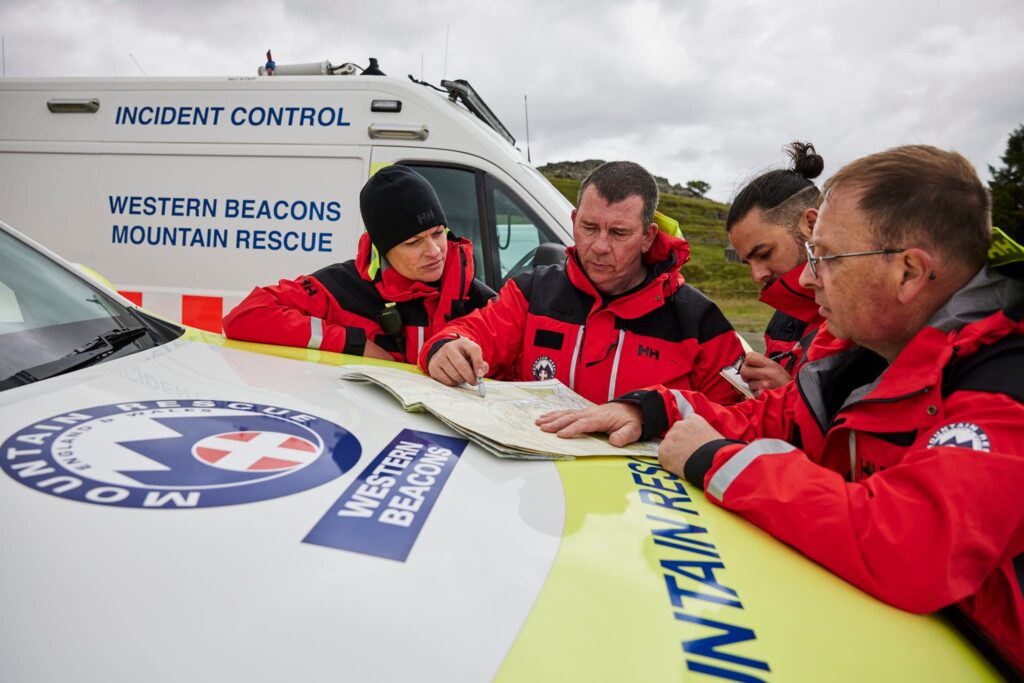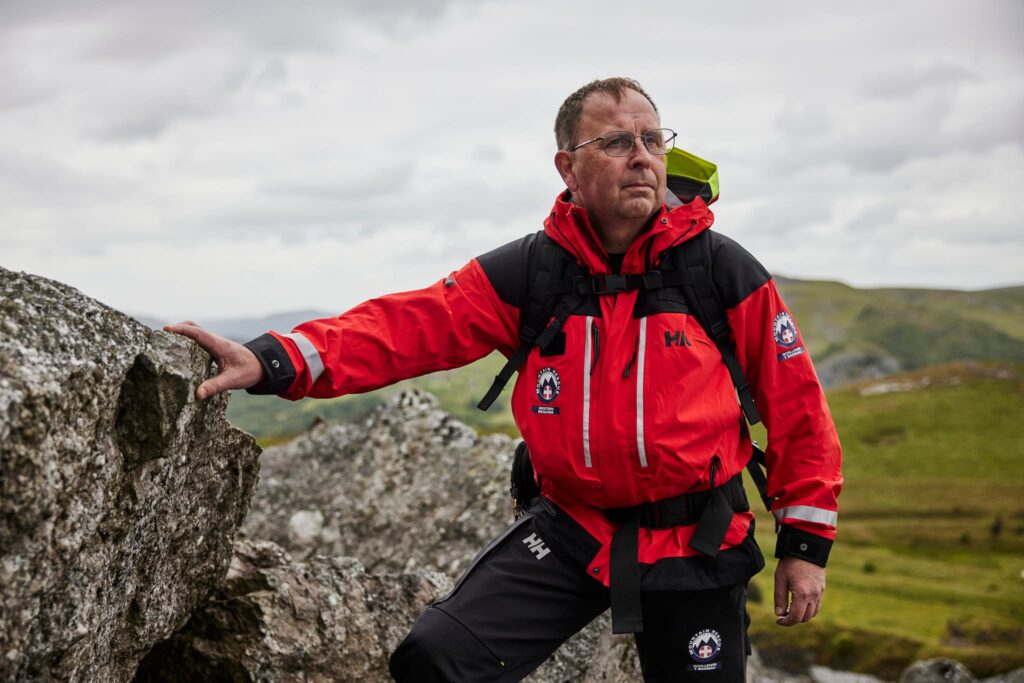Walking in the Western Beacons should present no serious problems even for the novice hill walker provided you follow a few simple rules.
Don’t take unnecessary risks by tackling overly long or difficult routes, know where you are going, carry a map and compass and have the ability to use them plus always carry a head torch with fully charged batteries. On longer walks, be aware of “escape routes” in case you need to cut your walk short for whatever reason. Make sure you have plenty to eat and to drink. Running out of fluids to drink can, especially on hot days put you quickly at risk.
Take a sensible approach to the weather. In South and West Wales the weather is rarely severe but changeable and often wet. Check the forecast before you set out (try the Met Office), always take a waterproof and keep an eye on the sky. Rain, mist or fog and cold are the obvious hazards, but strong winds can be a problem too especially on exposed hillsides or coastal cliffs.
Make sure someone knows when you expect to be back and what to do should you fail to return.

Take the right kit, warm and waterproof clothing, a map, compass and good navigation skills are essential, and in addition to the standard equipment for country walks, you should also carry:
- A survival bag: a heavy-duty bag for body insulation in an emergency,
- A torch and spare batteries
- A Whistle
- Additional warm clothing, including a hat and gloves
- High-energy rations such as mint cake, chocolate, dried fruit
- A first-aid kit
If you are likely to meet snow or ice you should wear a pair of heavy-
If a real emergency occurs, the international distress signal is a group of six loud blasts of a whistle, to be repeated at one-minute intervals.

.
IF YOU NEED MOUNTAIN RESCUE DIAL 999 OR 112 ASK FOR POLICE THEN MOUNTAIN RESCUE.
